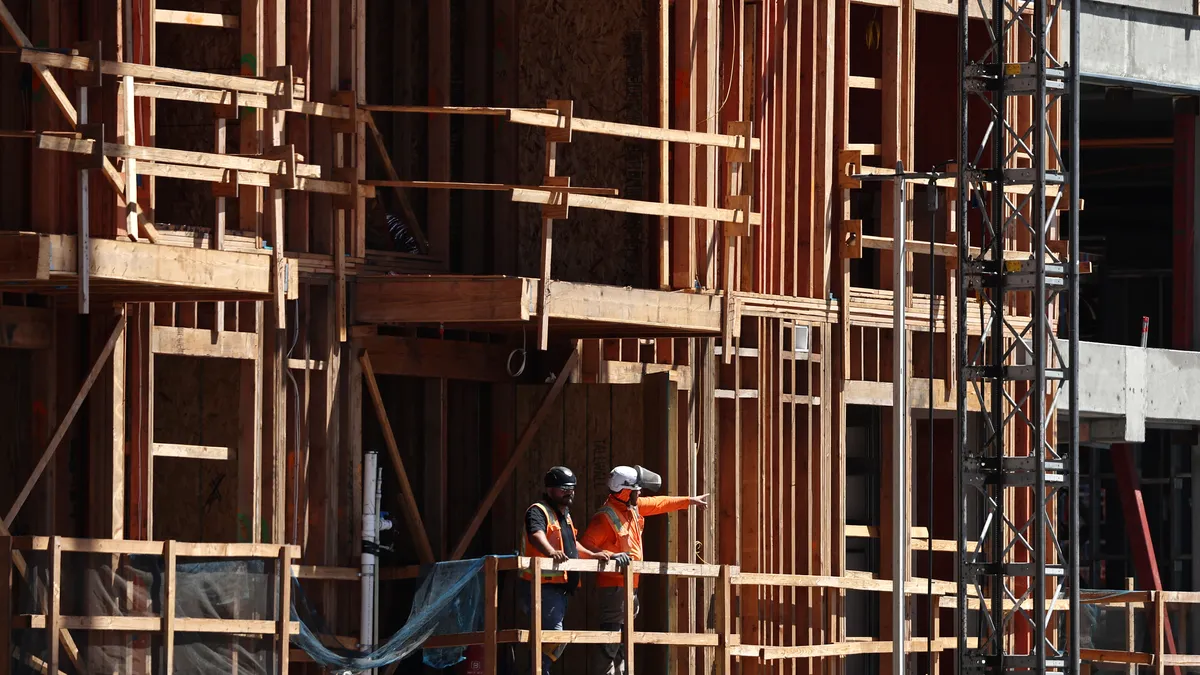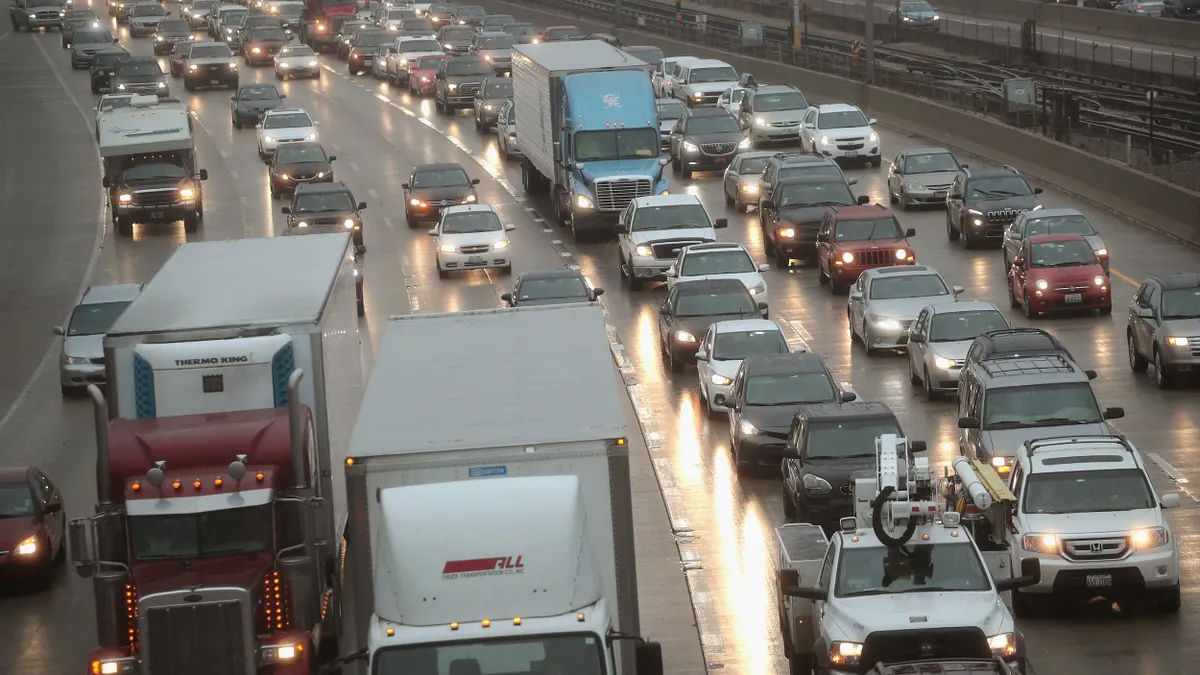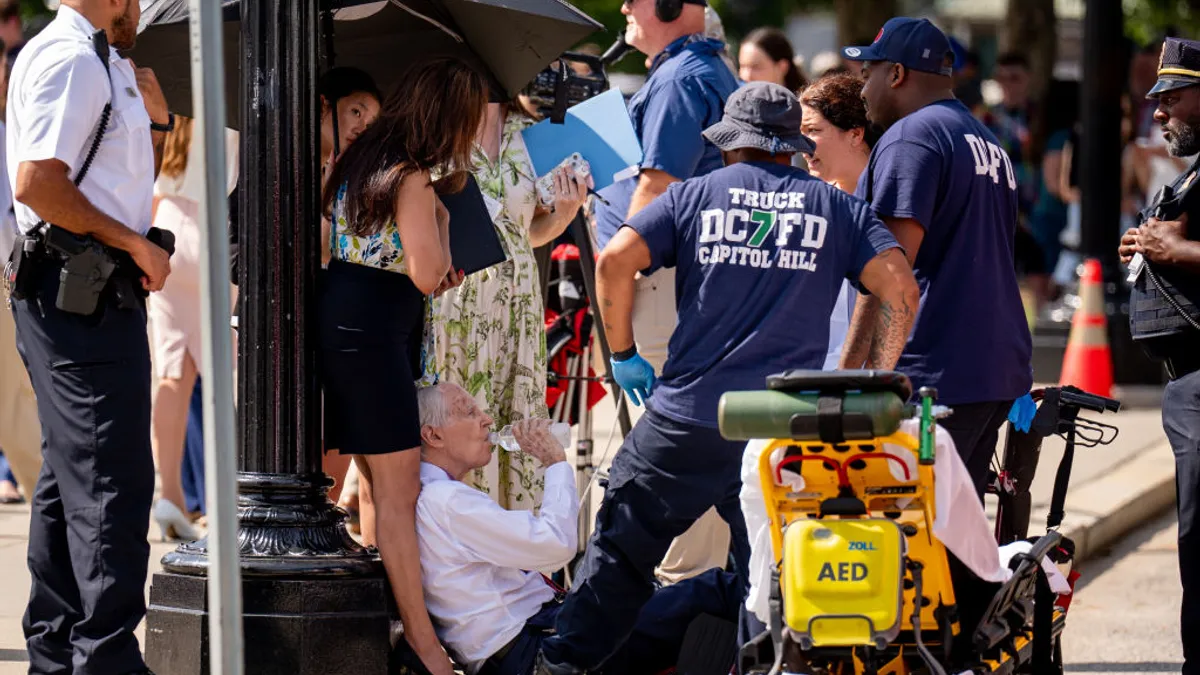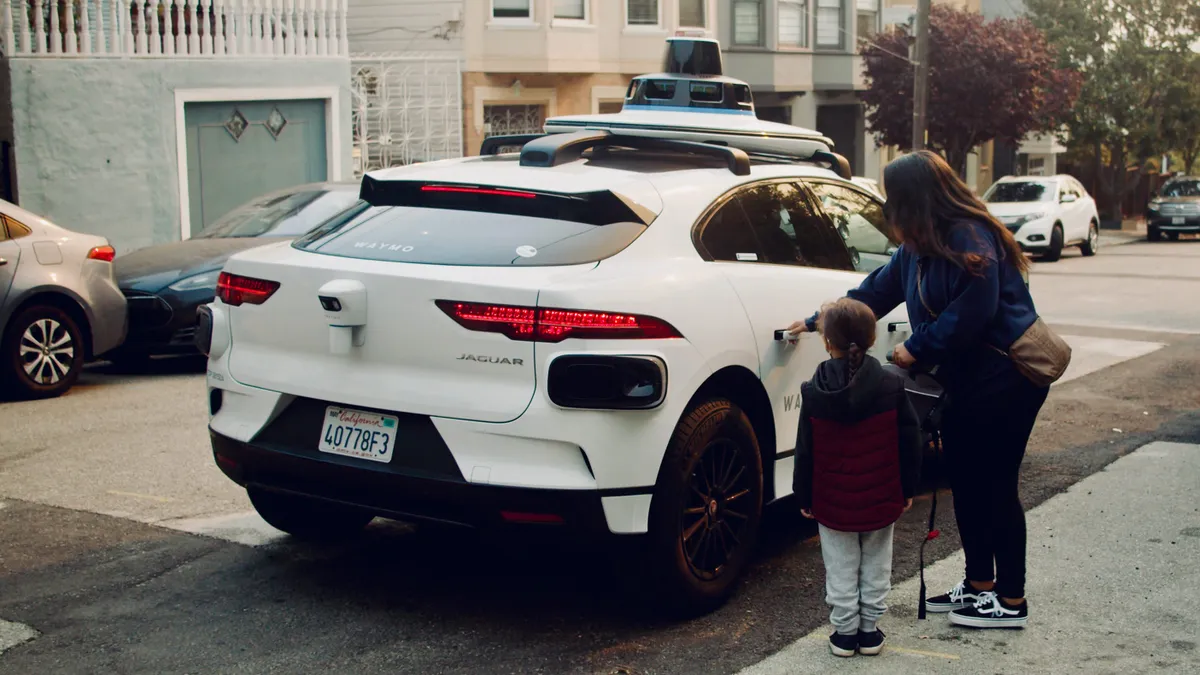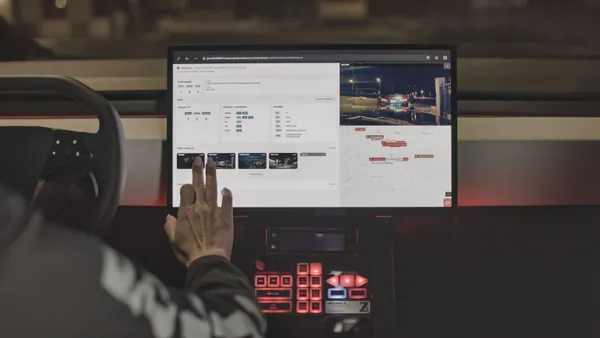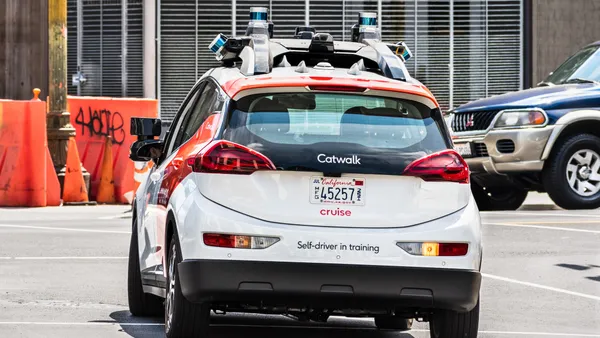Verizon will launch the United States' first commercial 5G service on Oct. 1, and company officials say this means they are leading the way on the technology.
While the likes of China and South Korea appear to be ahead of the US on 5G, the company said the launch of Verizon 5G Home in Houston, Indianapolis, Los Angeles and Sacramento is a major step forward, and is the world’s first commercial 5G service.
"5G is here," Hans Vestberg, Verizon CEO, said in a statement. Meanwhile, T-Mobile is promising a similar service if it is able to merge with Sprint, although a timeframe for rollout has not been made public.
But beyond the benefits for customers in those four cities who will get faster speeds through the fixed broadband service, the company said the effects will be wide-reaching and help usher in a new era of 5G infrastructure.
Smart Cities Dive caught up with Sean Harrington, Verizon's Vice President for City Solutions, to discuss the new 5G service, its impact on cities and what comes next.
The following interview has been edited for brevity and clarity.
SMART CITIES DIVE: Does this mean Verizon is winning the race to 5G in the United States, in your opinion?
SEAN HARRINGTON: In my opinion, it is. We are first, and I think it's in line with our approach with previous generations of network technology development. We said we would be first, we made a number of commitments early on to accelerate 5G, like creating the 5G Technology Forum where we brought partners together like Ericsson and Qualcomm and Intel and Samsung to move the whole industry forward. We were the first 5G devices at the Super Bowl, for example, with Samsung. Every step of the way, we have been pushing the entire ecosystem forward, and I think this launch of 5G Home is just another milestone on that path.
How do you see it rolling out as time moves along?
HARRINGTON: We're actively investing in deploying infrastructure in 50 markets around the country. We do expect 5G mobile devices in the first half of next year, and after that I think the exact pacing of which cities when next year, we're not speaking to that level of detail. But we are committed to the mobile 5G experience being out in the first part of next year, and are actively investing throughout the country in those 50 markets as we speak.
What are some of the smart city use cases this 5G Home rollout is helpful for?
HARRINGTON: There's a couple of different areas we're excited about: mobility and public safety. In mobility, the opportunity we see is to be able to take advantage of the latency that comes with 5G and use it to improve the safety of pedestrians and vehicles in general through being able to detect objects from the infrastructure as opposed to just from cars and sensors that are now increasingly being deployed on cars, even those that are partially autonomous. It's able to run video analytics in the multi-purpose edge compute that is part of the 5G network, and with that millisecond latency be able to deliver information that can help improve safety of vehicles on the road and for people that are around.
One simple example is in the world of moving to more connected and autonomous vehicles, there are vehicles that approach intersections that a given vehicle cannot detect because they're precluded, either by buildings or other cars. The only way to detect a vehicle that is, for example, approaching an intersection quite quickly and you have a vehicle going the other direction making a left-hand turn at an unprotected signal, that is the perfect opportunity to use the infrastructure to detect that vehicle and be able to provide information back to the car that may be making that left-hand turn. That requires the type of latency we're talking about with 5G because you want to either be able to provide humans the alert time they need or do some type of automated braking in the future.
There is an issue that traffic engineers deal with called the "dilemma zone," where you have a vehicle approaching a traffic signal that is green, and depending on the size, if they approach that intersection at exactly the wrong moment when the light turns yellow, if they're in the wrong position they have a very difficult trade-off to make, which is to either slam on the brakes and risk causing an accident in order to brake quickly enough to make the red or they can accelerate but most likely go through a red light. We can detect those vehicles with the latency and compute near the edge of the network in order to process the video used to detect that vehicle, then you could extend the green.
"In terms of overall investment, technical leadership and thought leadership, we're absolutely at the forefront."

Sean Harrington
Vice President for City Solutions, Verizon
And in public safety?
HARRINGTON: It's very difficult to move video around wirelessly, which is the most cost effective way to do it, to deploy cameras in a city instead of trenching and pulling wires to have fiber or other types of wired back haul. With 5G, we can do that wirelessly and use the data throughput capacity of 5G to be able to far more cost effectively deploy IP cameras and also then use some type of computer vision or video analytics located close to the edge of the network to process that and detect important events.
How wide-reaching will the effects of 5G Home be for cities?
HARRINGTON: The infrastructure we're deploying in these cities, even the first four where we've just announced the launch of 5G Home, it truly is the same infrastructure that will be used for these other use cases. For example, in Sacramento one of the first intersections where we will be validating some of the use cases I described in mobility and public safety is leveraging the same 5G radios that are a part of the network that is enabling 5G Home. This really is a multi-purpose network. It's very flexible, it augments 4G, it is a supplementary network and has its benefits but it really is going to change every facet of humanity and the way we live.
There's been a lot of talk about whether the US is leading the way, or whether it's falling behind the likes of China and South Korea in 5G deployment. How do you think we're doing compared to the rest of the world?
HARRINGTON: We do view it as an international ecosystem, and we work with partners servicing global carriers. As we roll out standards, it is an international project. Us being a leader and pioneer on 5G hold internationally. Of course, we're very focused on our US market, but if you look globally at where carriers are, we are truly driving standards and offering this 5G Home service as a first. In terms of overall investment, technical leadership and thought leadership, we're absolutely at the forefront.





